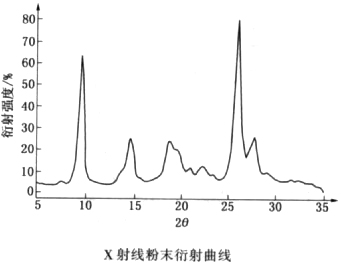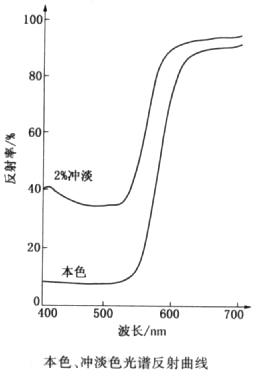C.I.Pigment Orange 16
Pigment Orange 16
CAS: 6505-28-8
Molecular Formula: C34H32N6O6
C.I.Pigment Orange 16 - Names and Identifiers
| Name | Pigment Orange 16 |
| Synonyms | 21160 P.O.16 Pigment Orange 16 PIGMENT ORANGE 16 Dianisidine Orange C.I.Pigment Orange 16 C.I. Pigment Orange 16 6216 Benzidine Orange R 2,2'-[3,3'-Dimethoxy-4,4'-biphenylylenebis(azo)]bis(3-oxo-N-phenylbutanamide) Butanamide, 2,2-(3,3-dimethoxy1,1-biphenyl-4,4-diyl)bis(azo)bis3-oxo-N-phenyl- 2,2'-((3,3'-dimethoxy(1,1'-biphenyl)-4,4'-diyl)bis(azo))bis(3-oxo-n-phenylbutyramide) 2,2'-[(3,3'-dimethoxy[1,1'-biphenyl]-4,4'-diyl)bis(azo)]bis[3-oxo-N-phenyl-Butanamide 2,2'-[[3,3'-dimethyl(1,1'-biphenyl)-4,4'-diyl]bis(azo)]bis(3-oxo-N-phenyl-Butanamide] 2,2'-[(3,3'-dimethoxybiphenyl-4,4'-diyl)di(E)diazene-2,1-diyl]bis(3-oxo-N-phenylbutanamide) 2-[[4-[4-[(1-anilino-1,3-dioxobutan-2-yl)diazenyl]-3-methoxyphenyl]-2-methoxyphenyl]diazenyl]-3-oxo-N-phenylbutanamide |
| CAS | 6505-28-8 |
| EINECS | 229-388-1 |
| InChI | InChI=1/C34H32N6O6/c1-21(41)31(33(43)35-25-11-7-5-8-12-25)39-37-27-17-15-23(19-29(27)45-3)24-16-18-28(30(20-24)46-4)38-40-32(22(2)42)34(44)36-26-13-9-6-10-14-26/h5-20,31-32H,1-4H3,(H,35,43)(H,36,44)/b39-37+,40-38+ |
C.I.Pigment Orange 16 - Physico-chemical Properties
| Molecular Formula | C34H32N6O6 |
| Molar Mass | 620.65 |
| Density | 1.26±0.1 g/cm3(Predicted) |
| Boling Point | 810.2±65.0 °C(Predicted) |
| Flash Point | 443.8°C |
| Vapor Presure | 2.63E-26mmHg at 25°C |
| pKa | 8.62±0.59(Predicted) |
| Refractive Index | 1.62 |
| Physical and Chemical Properties | solubility: insoluble in water and ethanol, soluble in concentrated sulfuric acid, diluted orange precipitation. hue or shade: Red Orange relative density: 1.28-1.51 Bulk density/(lb/gal):10.6-12.5 pH value/(10% slurry):5.0-7.5 oil absorption/(g/100g):28-54 hiding power: translucent diffraction curve:  reflection curve:  |
| Use | There are 36 kinds of commercial formulations of the pigment, and there are still certain markets in Europe, America and Japan. Yellow Orange is given, which is significantly reddish compared to C.I. Pigment orange 13 and pigment orange 34. It is mainly applied to ink, and can be used to adjust the color light of C. I. pigment yellow 12. Resin-based dosage forms have high transparency, but poor fluidity, and are mostly used for high transparency and low cost packaging ink due to poor fastness properties. |
C.I.Pigment Orange 16 - Reference Information
| LogP | 0.8 at 23℃ |
| EPA chemical substance information | information is provided by: ofmpeb.epa.gov (external link) |
Last Update:2024-04-09 02:00:10
